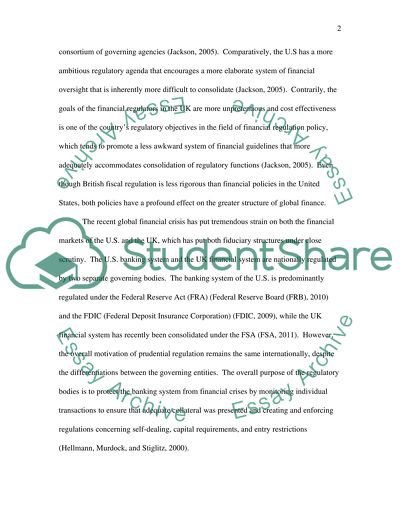Cite this document
(“A Critical Review of Financial Regulation-Supervision in the Central Essay”, n.d.)
Retrieved de https://studentshare.org/macro-microeconomics/1390970-a-critical-review-of-financial-regulation-supervision-in-the-central-bank-a-comparison-between-the-united-states-and-the-uk
Retrieved de https://studentshare.org/macro-microeconomics/1390970-a-critical-review-of-financial-regulation-supervision-in-the-central-bank-a-comparison-between-the-united-states-and-the-uk
(A Critical Review of Financial Regulation-Supervision in the Central Essay)
https://studentshare.org/macro-microeconomics/1390970-a-critical-review-of-financial-regulation-supervision-in-the-central-bank-a-comparison-between-the-united-states-and-the-uk.
https://studentshare.org/macro-microeconomics/1390970-a-critical-review-of-financial-regulation-supervision-in-the-central-bank-a-comparison-between-the-united-states-and-the-uk.
“A Critical Review of Financial Regulation-Supervision in the Central Essay”, n.d. https://studentshare.org/macro-microeconomics/1390970-a-critical-review-of-financial-regulation-supervision-in-the-central-bank-a-comparison-between-the-united-states-and-the-uk.


